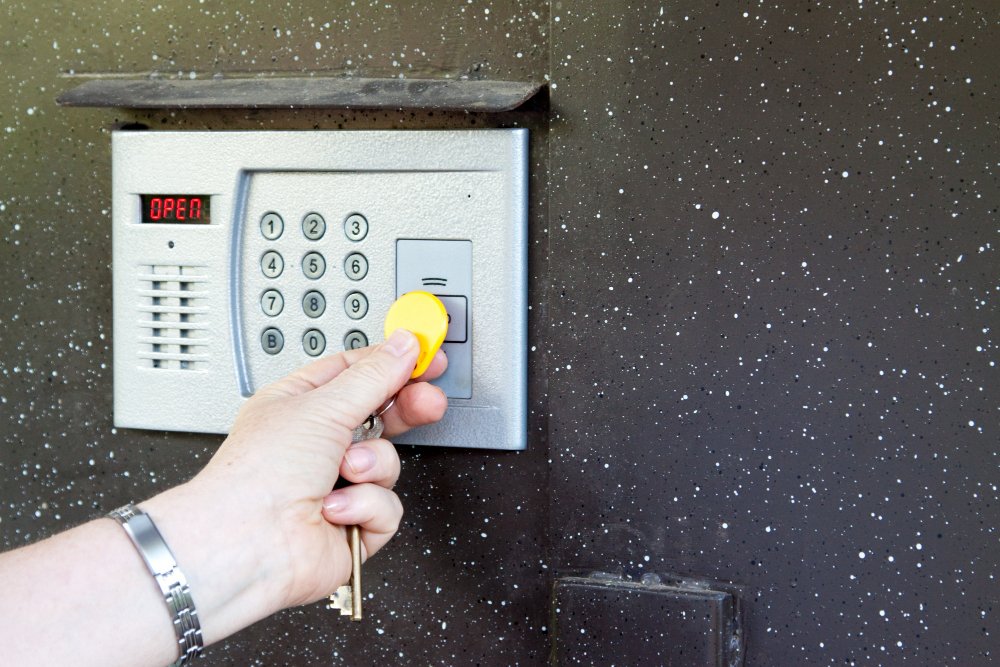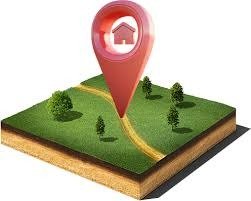Security in modern spaces is no longer just about keeping unwanted visitors out. It is about creating an integrated, intelligent environment where people, spaces, and systems communicate seamlessly. A Door Access System Philippines is the key to achieving this level of security and control. Connecting physical entry points to digital management tools allows property owners to control who enters, when they can enter, and how their presence is recorded—all while improving efficiency and convenience.
Understanding the Role of Door Access Systems
More Than Just a Lock
In the past, security meant padlocks, keys, and manual guard inspections. While these methods still have their uses, they lack the flexibility and adaptability needed. A door access system combines hardware such as electric locks, readers, and biometric scanners with software that manages credentials, tracks entry, and integrates with other building systems.
Centralized Control in Real Time
With a modern Door Access System Philippines, property managers, security officers, or even small business owners can control multiple doors from a single dashboard. This dashboard—accessible via desktop, tablet, or mobile—shows real-time access logs, door status, and system health, allowing immediate action if something seems off. Whether you need to lock all doors in an emergency or update user permissions instantly, centralized control gives you the power to respond without delays.
How Door Access Systems Connect Spaces and People
Network and Cloud Integration
The real magic lies in the connectivity. Many modern door access systems operate on a network—either local or cloud-based—so that every change, from a password update to a door status check, is reflected instantly across the system. This means that a manager in Makati can adjust an employee’s access rights in Cebu within seconds.
Multi-Site Management
For companies with branches across different cities, one of the biggest challenges is maintaining consistent security. The Unified Door Access System Philippines allows administrators to manage multiple locations from a single control panel. This ensures that policies, credentials, and permissions are consistent, reducing vulnerabilities caused by fragmented systems.
Linking People to Spaces
Door access systems don’t just control doors—they connect people to the right spaces. Employees, residents, contractors, and guests can each have tailored permissions that reflect their role or relationship with the property. A contractor might have access only to certain floors during a specific project period, while a resident has unrestricted entry to common areas but restricted access to maintenance zones.
Methods of Access Control
Key Card and RFID Systems
One of the most widely used methods in the Philippines, RFID-based cards or key fobs are convenient, durable, and easy to replace if lost or stolen. Each card contains a unique code linked to the user’s profile, allowing the system to log every time the card is used.
PIN Codes and Keypads
Ideal for smaller teams or areas where issuing cards is impractical, keypad entry offers secure access with minimal hardware. Codes can be rotated regularly to prevent unauthorized entry, and different codes can be assigned to individuals for better tracking.
Biometric Systems
Fingerprint scanners, facial recognition, and iris scanners add a layer of security that is extremely hard to bypass. In the Door Access System Philippines market, biometric solutions are increasingly common in high-security facilities such as banks, hospitals, and government offices.
Mobile Access and NFC
With smartphones now acting as digital wallets, IDs, and keys, mobile-based access is on the rise. NFC-enabled devices or dedicated mobile apps allow entry with just a tap or scan, removing the need for physical credentials entirely.
Benefits of a Connected Door Access System
Real-Time Monitoring and Alerts
Every entry attempt—successful or denied—is recorded instantly. If an unauthorized attempt occurs, the system can send an alert to security staff or managers, allowing them to investigate immediately.
Operational Efficiency
Automation can be applied to lock or unlock doors based on schedules. For instance, the office’s main doors can automatically unlock during business hours and lock after closing, minimizing the need for manual intervention.
Enhanced Security Compliance
Many industries, including healthcare and finance, are required to maintain strict security logs for compliance purposes. The Door Access System Philippines not only meets these requirements but also makes audits faster and more accurate.
Immediate Response to Lost Credentials
If a key card is misplaced or an employee leaves the company, their credentials can be disabled in seconds, preventing unauthorized access without the need to change physical locks.
Scalability for Growth
Whether you’re starting with a single office or planning to secure multiple facilities nationwide, a door access system can scale to fit your needs, adding doors, users, and locations without overhauling the entire infrastructure.
Practical Applications in the Philippines
Office Complexes
In multi-tenant buildings, access systems help separate spaces for different companies while still providing secure access to shared areas like lobbies and conference rooms.
Residential Condominiums
Residents enjoy peace of mind knowing that only authorized individuals can enter the building or certain amenities like gyms and pools. Property managers can easily grant or revoke guest access for added flexibility.
Educational Institutions
Schools and universities can secure classrooms, laboratories, and administrative offices, ensuring that only authorized personnel and students can access sensitive areas.
Hospitals and Clinics
Access systems in healthcare settings protect patient privacy. It also control entry to high-security zones like medicine storage rooms, operating theaters, and restricted wards.
Retail and Warehousing
For retail chains and warehouses, a connected Door Access System Philippines can help control entry to storage rooms. As well as cash handling areas and staff-only spaces, reducing theft risk.
Best Practices for Maximizing Your Door Access System
Regular Credential Updates
Old access permissions can become a major vulnerability. Make it a policy to update credentials regularly, especially after staff changes.
Periodic System Audits
Review access logs, system health, and user permissions every few months to identify potential gaps and ensure settings align with current operational needs.
Staff Training
Even the most advanced systems are only as secure as their users. Conduct training sessions to ensure all users understand proper access protocols and reporting procedures.
Integration with Other Systems
For even greater efficiency, integrate your door access system with CCTV, alarm systems, and time attendance solutions. This creates a multi-layered security network that is both proactive and reactive.
Key Takeaway
The Door Access System Philippines is far more than a high-tech lock—it’s a fully connected security ecosystem that links people, spaces, and operational processes in real time.
By centralizing control, offering multiple access methods, and integrating seamlessly with other security measures, these systems give property owners and managers the power to safeguard their facilities while maintaining flexibility and efficiency. Whether it’s for a corporate office, residential building, school, or hospital, the right door access system ensures that entry is always monitored, controlled, and adaptable to evolving security needs.












Leave a Reply